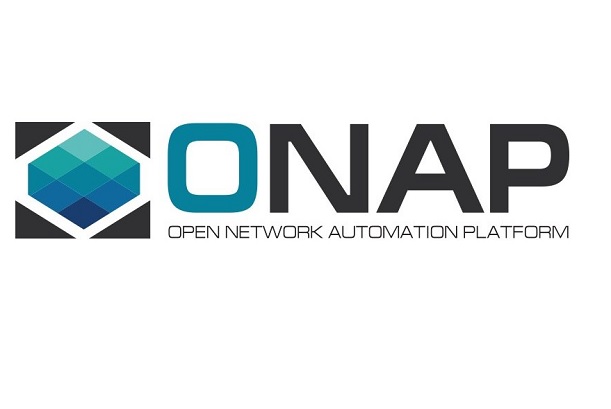ONAP, the Linux foundation-led virtualisation organisation, has completed its first project, a unified architecture for end-to-end, closed-loop network automation.
Dubbed Amsterdam, the platform is the first completed work since the separate open source virtualisation projects OpenECOMP and Open-O combined earlier this year.
ONAP said Amsterdam merged the work of both projects but also rearchitected and optimised their code bases into a “single, flexible and modular platform”.
In a statement, the company said: “Amsterdam delivers a unified architecture for end-to-end, closed-loop network automation — which is becoming a mandatory requirement before 5G and IoT deployments — and by doing so, celebrates a new milestone for open source networking.”
Among the requirements the platform aimed to meet were modularity, enhancement of a more traditional model-driven design, new features and functionalities, open code and collaboration opportunities, harmonisation with standards bodies, and the methods of continuous integration and continuous delivery.
[Read more: MEF joins ONAP to accelerate open source virtualisation]
ONAP highlighted virtual network function (VNF) automation as a key feature of Amsterdam. It said it wanted to move away from the “very time-consuming, manual process” of configuring VNFs.
It said it has overcome this by building a more streamlined deployment process that happens through a virtual controller and associated software development kit.
It added: “Additionally, ONAP’s focus on automation helps move the industry forward in accelerating the development and deployment of next-gen use cases. Automation is mandatory for 5G deployments due to the scale, access, bandwidth, and latency it demands. Amsterdam provides the platform to deploy new services to enable 5G in an automated manner.”
ONAP now boasts 58 members, with Turk Telecom the most recent telco to join as a Platinum participant. It claims to represent more than 55 percent of the world’s mobile subscribers.
The organisation said telcos including AT&T, Huawei and Vodafone were already making early deployments, testing and introducing proof of concepts of its pre-release code, with a particular focus on VoLTE and residential vCPE.



